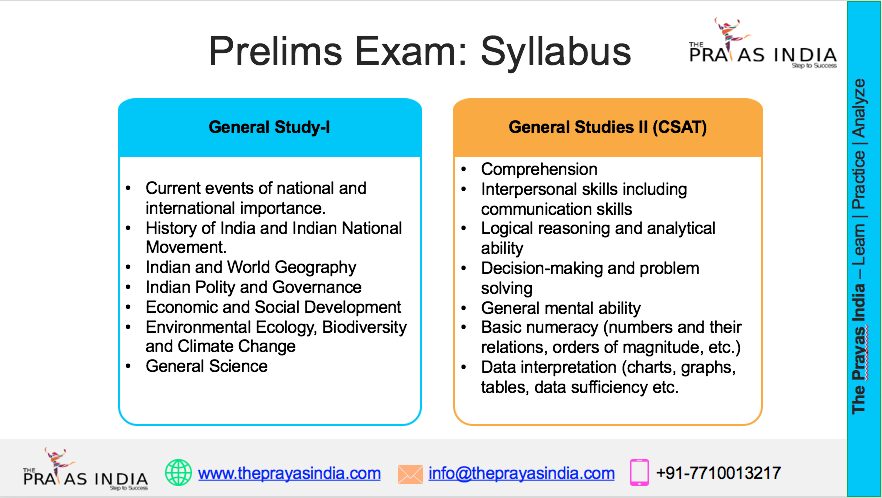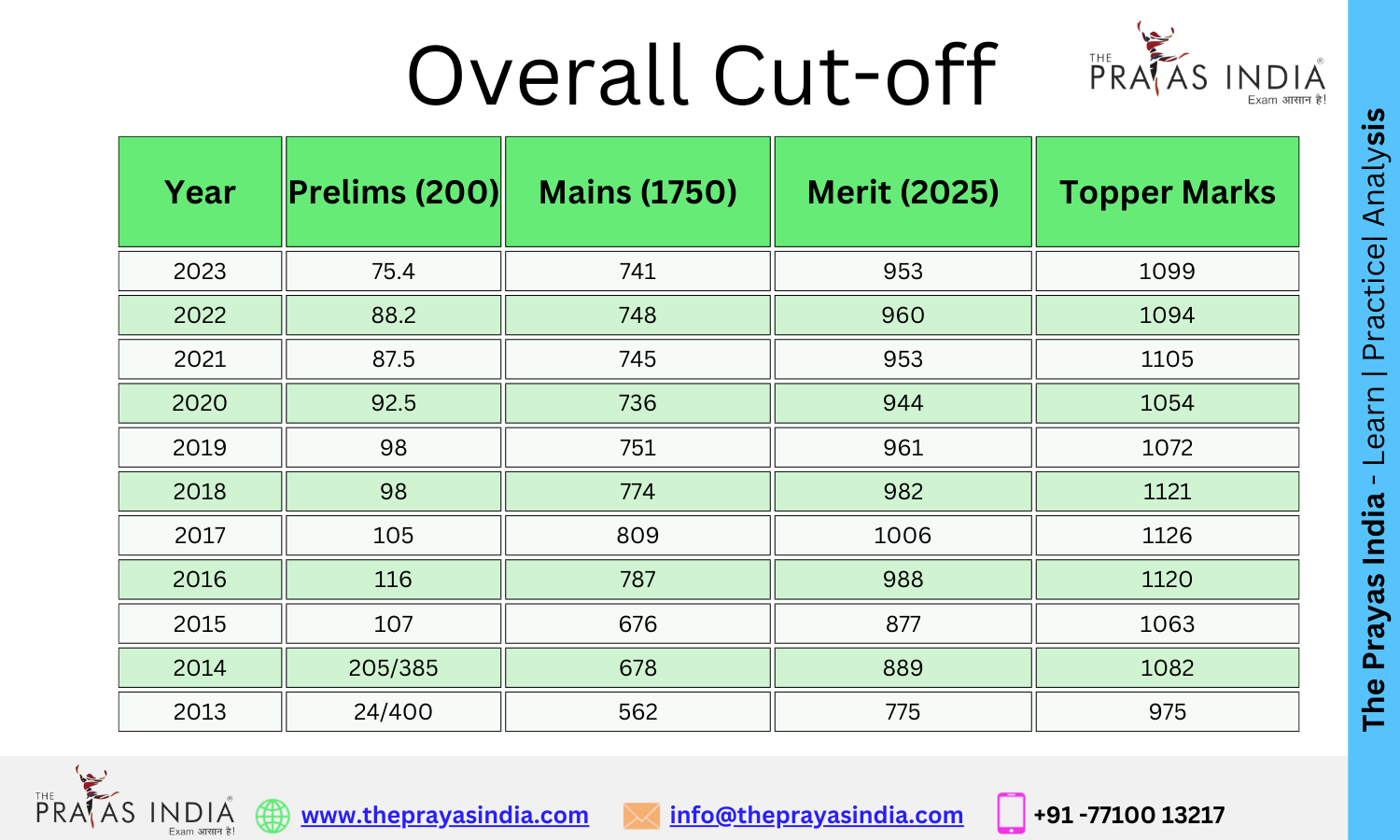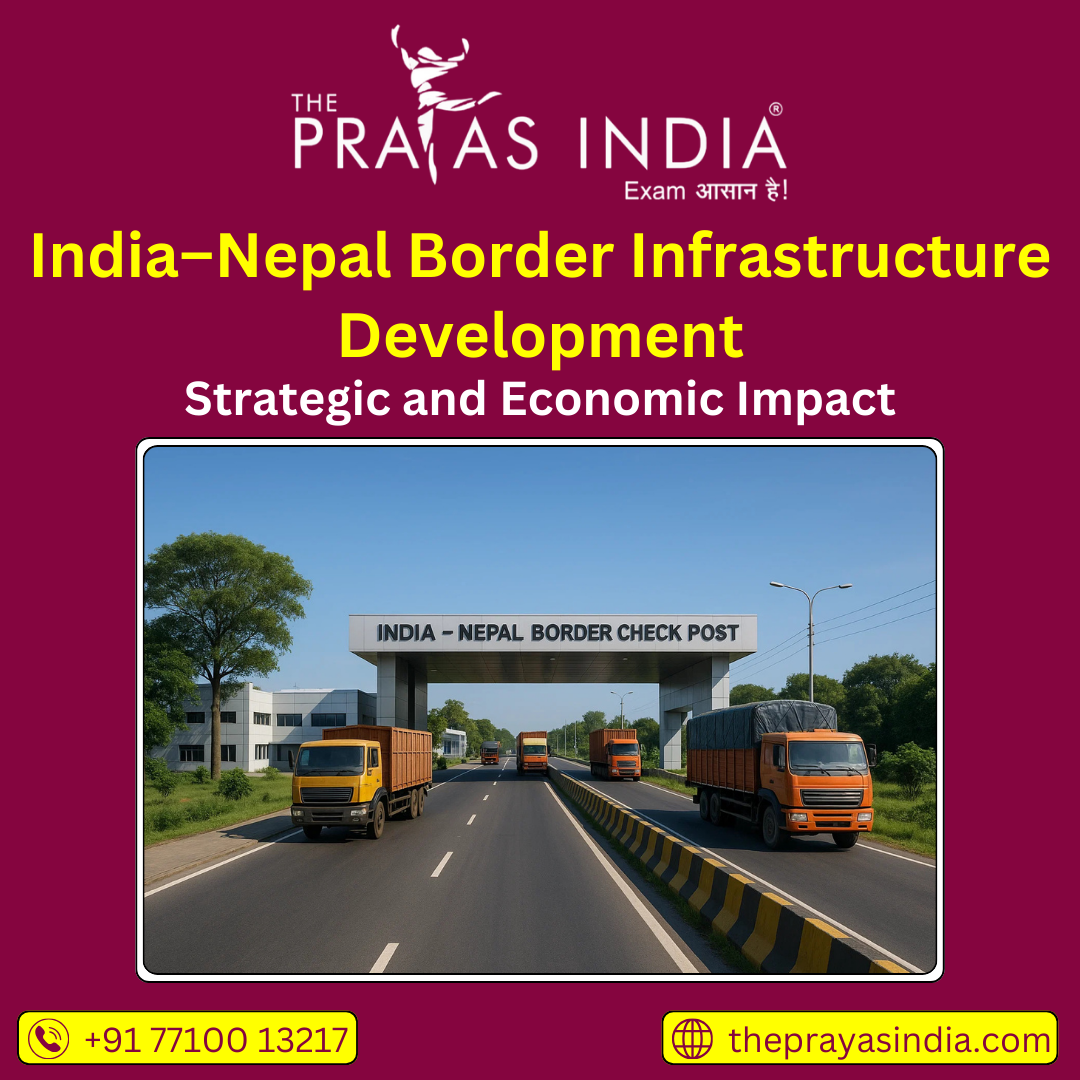80 Years After Hiroshima: A World on the Edge of Nuclear Crisis
On August 6, 1945, the United States dropped the world’s first atomic bomb on the Japanese city of Hiroshima. Three days later, another bomb was dropped on Nagasaki. Together, the attacks killed over 110,000 people instantly, with hundreds of thousands more dying over time due to radiation exposure and injuries. These remain the only two instances of nuclear weapons being used in war.
Now, in 2025, as the world commemorates the 80th anniversary of these catastrophic events, the mood is far from reflective alone — it is urgent and alarmed. Experts, survivors, and global leaders warn that the threat of nuclear warfare is no longer theoretical. It is growing, immediate, and underpinned by deteriorating international trust and rising military ambitions.
A Dangerous Time: Global Tensions and Nuclear Brinkmanship
Over the past year, the geopolitical environment has sharply deteriorated:
- Russia and the United States have traded nuclear threats amid the ongoing war in Ukraine. Moscow has moved strategic assets, while Washington has resumed testing of high-yield conventional bunker-busters near suspected adversary nuclear sites.
- China continues to aggressively expand its nuclear arsenal, reportedly adding approximately 100 warheads annually, alongside construction of missile silos and new submarines. The country is signaling its desire to achieve nuclear parity with the United States.
- India and Pakistan, whose relationship remains tense over Kashmir, recently clashed in a brief but intense military exchange. Although both sides avoided escalation, analysts warned that future skirmishes could spiral toward nuclear scenarios.
- North Korea remains openly committed to its nuclear ambitions. In July 2025, Kim Yo Jong, sister of North Korean leader Kim Jong Un, rejected any possibility of denuclearization and warned against international efforts to “deny DPRK’s nuclear status.”
- Iran’s nuclear infrastructure has faced renewed attacks from the U.S., heightening Middle East instability and raising concerns about Iran crossing the nuclear threshold in response.
The Doomsday Clock: 89 Seconds from Midnight
In January 2025, the Bulletin of the Atomic Scientists moved the Doomsday Clock to 89 seconds to midnight, the closest it has ever been to symbolic global catastrophe. While the clock only moved one second closer than its 2024 position, scientists emphasized that even a one-second shift marks a significant deterioration in global security.
The key drivers behind the decision included:
- Expanding global nuclear arsenals
- Breakdown of arms control agreements
- Heightened rhetoric from nuclear powers
- The growing role of artificial intelligence in weapons systems and decision-making
- Inadequate responses to climate change and biological threats
This symbolic clock, created in 1947, is a warning — not just to policymakers, but to all of humanity — that time to act is running out.
The Survivors’ Message: Never Again
At Hiroshima Peace Memorial Park, thousands gathered on August 6, 2025, to honor the victims of the atomic bombings. Among the attendees were dignitaries from over 100 countries and some of the last remaining hibakusha — survivors of the Hiroshima and Nagasaki bombings.
Their message was urgent and clear: “We have not learned anything in 80 years,” one survivor stated. Many emphasized that nuclear war is no longer an abstract danger but a concrete possibility in a divided, heavily armed world.
Nihon Hidankyo, a grassroots Japanese organization of atomic bomb survivors and 2024 Nobel Peace Prize recipient, issued a stark warning before the ceremony:
“We face greater nuclear threats than ever before. Our biggest challenge is to make nuclear-armed states listen — even a little.”
The Collapse of Disarmament Efforts
Once-promising arms control agreements have largely crumbled:
- The New START Treaty between the US and Russia, which capped deployed strategic warheads, is no longer in effect.
- The INF Treaty, which eliminated an entire class of intermediate-range missiles, has long been abandoned.
- The Treaty on the Prohibition of Nuclear Weapons (TPNW), while endorsed by over 90 non-nuclear countries, is ignored by all current nuclear powers.
With modernization programs underway in nearly all nine nuclear-armed states, including significant investments in hypersonic delivery systems, mobile launch platforms, and next-generation warheads, disarmament is no longer on the global agenda — and hasn’t been for years.
Modern Weapons, Massive Consequences
The bomb dropped on Hiroshima had a yield of 15 kilotons. By comparison:
- The most powerful U.S. warhead today has a yield of 1.2 megatons — nearly 80 times more destructive.
- Russia’s strategic arsenal includes multi-megaton-class warheads, capable of annihilating entire metropolitan regions.
- Even a “limited” nuclear war involving as few as 100 weapons could trigger global climate disruption and famine, according to multiple scientific simulations.
Yet political and military planners in several countries continue to treat nuclear weapons as tactical tools — a chilling shift in doctrine that makes their use more likely, not less.
The Path Forward: What Must Be Done
This 80th anniversary must serve as more than remembrance. It must reignite action. The global community cannot afford silence or paralysis. Key steps include:
- Reviving Diplomacy: Open communication between nuclear-armed states must be re-established. Crises need backchannels to avoid miscalculation.
- Restoring Arms Control: New treaties are needed to cap arsenals and reduce launch readiness.
- Public Pressure and Advocacy: The world’s citizens must push their governments toward disarmament. Groups like ICAN, Nihon Hidankyo, and SIPRI continue to offer frameworks for progress.
- Education and Awareness: Memory must be preserved. The testimonies of hibakusha must be taught, shared, and remembered by future generations.
Final Thoughts
Eighty years ago, the world saw the horror of nuclear war firsthand. That memory — burned into history by the fires of Hiroshima and Nagasaki — was supposed to be enough. Today, it is clear: it wasn’t.
The world stands on the edge of a new and more devastating nuclear era. This moment is not just a milestone in memory — it is a turning point. Either we act, or we repeat.
Let this anniversary be the last where we ask, “Will it happen again?”
Let it be the first where we finally answer, “Never again.”


![Prayas-लक्ष्य [UPSC CSE Target] The Prayas India](https://theprayasindia.com/wp-content/uploads/2021/08/Prayas-लक्ष्य-UPSC-CSE-Target-The-Prayas-India-300x167.png)

![Prayas Pre-भेदश [UPSC CSE Prelims Test Series] The Prayas India](https://theprayasindia.com/wp-content/uploads/2021/08/Prayas-Pre-भेदश-UPSC-CSE-Prelims-Test-Series-The-Prayas-India-300x167.png)










